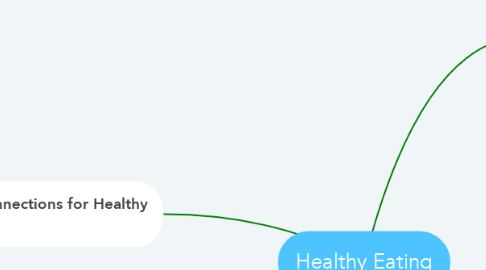
1. Making Connections for Healthy Living
1.1. Food and beverage choices – environmental, social factors
1.2. (e.g., financial status, culture, religion, media influence, peer influence, family food traditions, accessibility of different kinds of food, restaurant choices, proximity to where food was produced, environmental impact of food production methods)
1.3. Using consumer influence to promote healthy eating
1.3.1. (e.g., promoting availability of healthy choices in restaurant and cafeteria menus and in grocery stores, raising awareness of ethical and environmental considerations related to food choices)
1.4. Current issues related to food and/or nutrition
1.4.1. (e.g., issues involving food safety or quality, such as pesticide use, genetic modification of crops, the sale of non-pasteurized milk products; issues involving food marketing and advertising; environmental issues, such as climate change, packaging and waste reduction, water pollution, biodiversity, long-range transportation of food; issues involving agricultural practices, such as humane treatment of animals, labour and trading practices), and explain how healthy eating choices are related to these issues
1.5. Personal circumstances and healthy eating
1.5.1. (e.g., the elderly, children, people with chronic diseases, women who are pregnant, families with low income, residents of remote northern communities, urban residents living in “food deserts” without ready access to fresh and local foods, shift workers, workers in sedentary occupations, individuals training to be elite athletes), and describe the options available to them for maintaining a healthy diet
2. Health Concepts
2.1. Connection to hollistic health
2.1.1. physical, mental, spiritual, emotional
2.2. (e.g., provides more energy, helps body develop to full physical potential, increases self esteem
2.3. impact of diseases and health conditions on nutrition requirements and food choices
2.3.1. (e.g., Crohn’s disease, celiac disease, diabetes, cancer, anemia, allergies and food sensitivities, vitamin deficiency) on nutrient requirements, food choices, and meal planning
3. Making Healthy Choices
3.1. healthy eating plans
3.2. (e.g., relating food intake to activity level, ensuring their diet includes foods from all food groups in Canada’s Food Guide, using healthy preparation methods)
3.3. Eating habits and choices – physical and emotional factors
3.3.1. (e.g., level of physical activity, physical stage of development, hunger and satiety cues from their bodies, food allergies and sensitivities, hydration and nutritional needs, body image, peer and family influence, stress) can be applied to making healthy eating choices
3.4. Nutritional implications of dietary choices and trends
3.5. Making healthy eating decisions in different contexts
3.5.1. (e.g., nutritional needs, personal likes, ethical and environmental values, budget, time available to shop and cook, access to different kinds of foods) in a variety of situations that they may encounter now and in the future (e.g., camping, living on their own, sharing accommodations)
